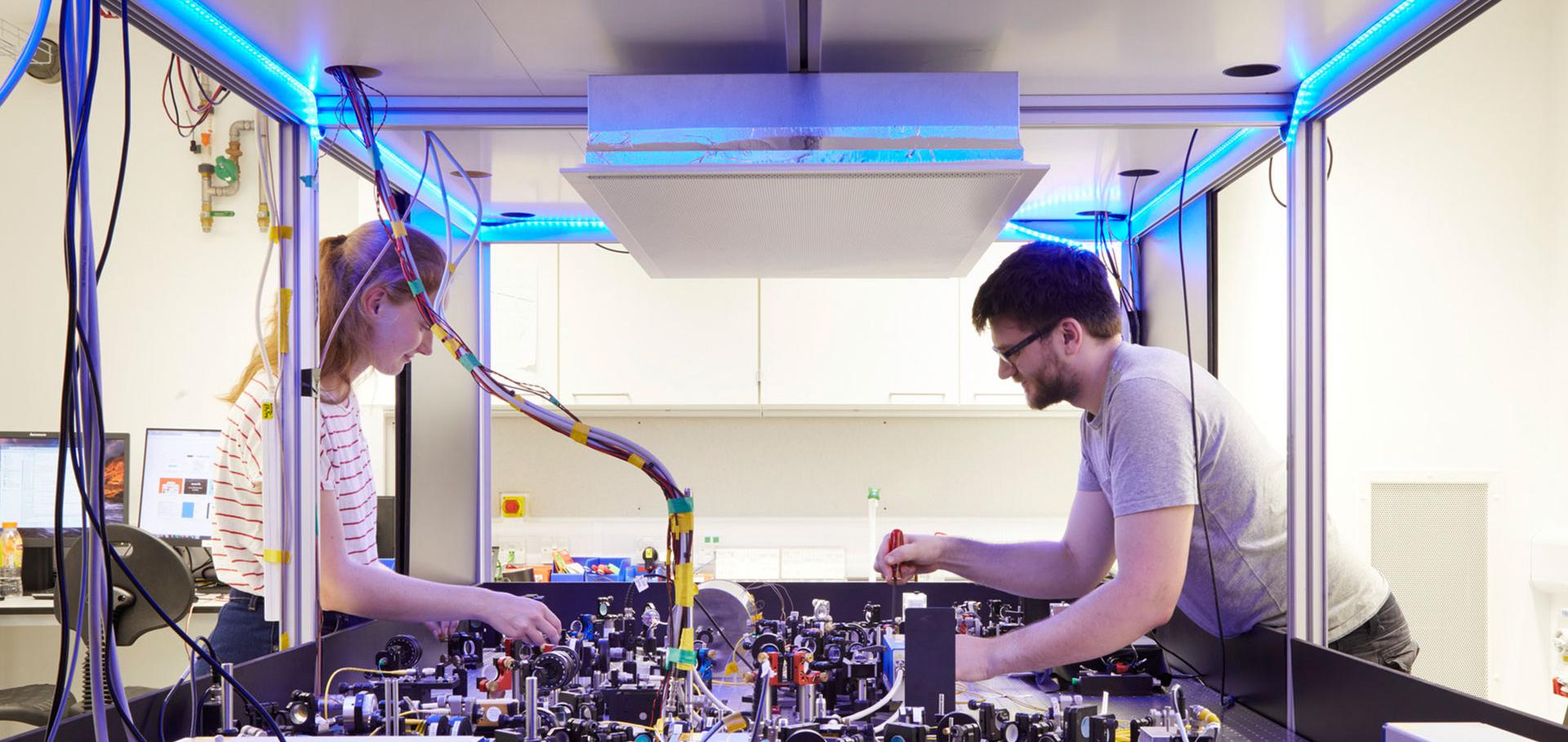Quantum interference between photo-excited states in a solid-state mott insulator
Optics InfoBase Conference Papers (2010)
Abstract:
By exciting with sub-10-fs 1.6-μm pulses the quasi-one-dimensional Mott insulator ETF2TCNQ, we observe prompt collapse of the Mott gap modulated by 24-THz oscillations of the gap, which are assigned to quantum interference between holon-doublon excitations. © 2010 Optical Society of America.Single-shot detection and on-line control of carrier phase drifts of mid-IR pulses
Optics InfoBase Conference Papers (2010)
Abstract:
We introduce a new scheme for single-shot characterization of the absolute-phase jitter of mid-IR pulses. The system detects phase drifts of self-phase stabilized sources; a control scheme compensating long-term drifts is also demonstrated. © 2010 Optical Society of America.Single-shot detection and stabilization of carrier phase drifts of mid-IR pulses
Optics InfoBase Conference Papers (2010)
Abstract:
We introduce a new scheme for single-shot characterization of the absolute-phase jitter of mid-IR pulses. The system detects phase drifts of self-phase stabilized sources; a control scheme compensating long-term drifts is also demonstrated. © OSA / UP 2010.Ultrafast resonant soft X-ray scattering in manganites: Direct measurement of time-dependent orbital order
Optics InfoBase Conference Papers (2010)
Abstract:
We present ultrafast resonant soft-x-ray diffraction measurements of time-dependent orbital order in the single-layer-manganite La0.5Sr1.5MnO4. These experiments reveal the appearance of a metastable phase with reduced ordering, different from any thermal state of the system. © OSA / UP 2010.Short-pulse laser induced transient structure formation and ablation studied with time-resolved coherent XUV-scattering
AIP Conference Proceedings 1278 (2010) 373-379


